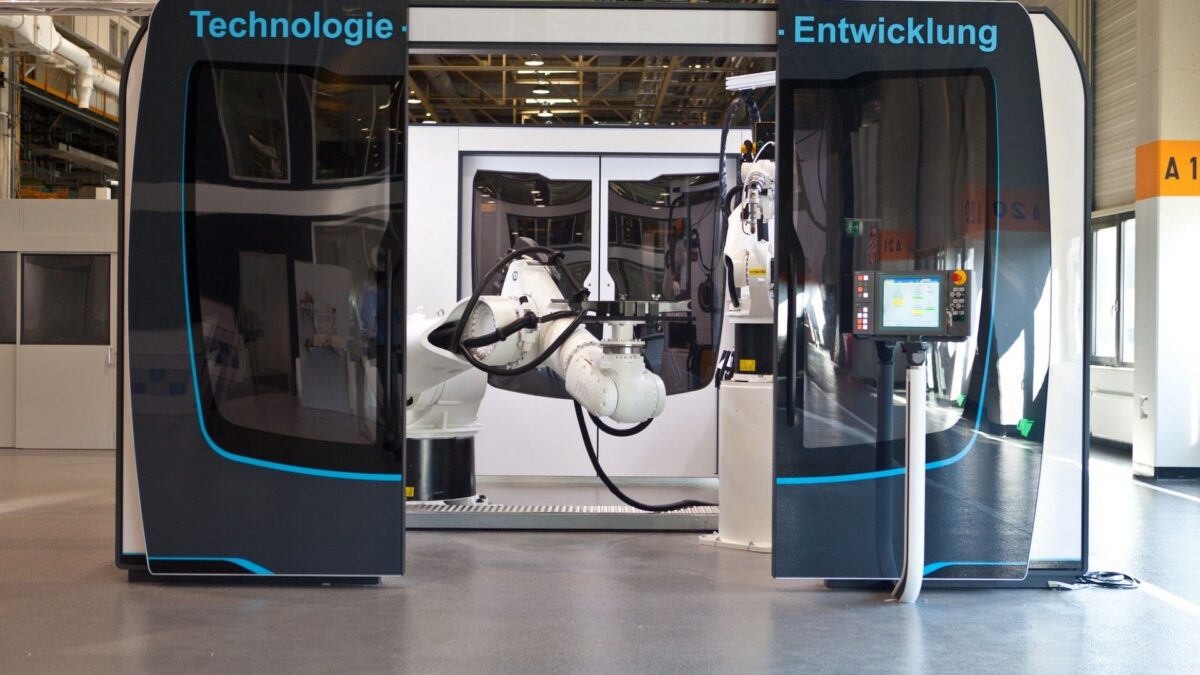Buying injection molded parts from China can be an extremely cost-effective way to produce low volume or highly precise plastic components for your product. However, sourcing and purchasing injection molding from Chinese suppliers also comes with its own set of challenges.
In this complete guide, we’ll walk you through the entire process of procuring low volume and precise injection molded parts from China – from finding reputable suppliers and factories, negotiating on pricing and production costs, managing quality control and specifications, handling shipping and logistics, and ensuring you get the parts you need exactly how you need them.
Benefits of Buying Injection Molding from China
There are several key advantages to buying injection molded components from China:
- Lower cost – Labor, materials, and operational costs are generally much cheaper in China compared to the US or Europe. Chinese manufacturers can produce plastic parts at a fraction of the price.
- Specialization in low volumes – Many Chinese suppliers specialize in low volume and prototype injection molding runs. They have the equipment and expertise to efficiently handle small production batches.
- Precision capabilities – Chinese vendors generally have advanced precision injection molding abilities, and can meet tight tolerances and specs.
- Production scalability – If needed, volumes can be scaled up easily as Chinese factories have massive production capacity and labor pool.
- Access to advanced technology – China has invested heavily in state-of-the-art injection molding equipment and manufacturing technology.
By leveraging these benefits, you can realize tremendous savings in part costs, tooling, and production. However, buying injection molding from China also has its fair share of challenges, which we’ll cover next.
Challenges of Procuring Chinese Injection Molding
Here are some of the key difficulties and risks involved in sourcing injection molded components from China:
- Long lead times – Expect lead times of 8-12 weeks from initial order to delivery due to distance and logistics. Rapid prototyping is difficult.
- Communication issues – Language barriers may make complex specifications hard to convey accurately.
- Quality control – Overseas QC can be problematic; parts may not match required specs.
- Intellectual property risks – Lax IP protections in China raise risks of designs and molds being copied.
- Shipping delays – Air/ocean shipping from China can take weeks, and have unpredictable delays.
- Managing payments – Wire transfers to Chinese vendors can be complicated, with bank fees and exchange rate fluctuations.
While these challenges can seem daunting, they can be effectively managed with the right strategies and precautions. The keys are finding a qualified supplier, establishing clear specifications, implementing robust quality control measures, and closely overseeing the entire production and shipping process.
Step-by-Step Guide to Buying Injection Molding from China
Follow this step-by-step guide to streamline the process of procuring low volume or precise injection molded components from Chinese manufacturers:
1. Define your plastic part specifications.
- Gather drawings, 3D models, material specs, color/finish requirements, and tolerances.
- Determine annual and per-order quantities needed.
- Clarify any secondary processing like pad printing, ultrasonic welding, etc.
Clearly defining your part requirements upfront is crucial for effective sourcing and production.
2. Research and find potential Chinese injection molding suppliers.
- Search Alibaba, Made-in-China, Globalsources for vendors.
- Check company credentials, capabilities, and expertise.
- Look for specialization in low volume and/or precision molding.
- Review previous customer feedback and ratings.
- Shortlist 5-6 qualified suppliers for further evaluation.
Vetting and selecting the right supplier is one of the most critical steps – take time to research thoroughly.
3. Request for quotation (RFQ) from shortlisted vendors.
Your RFQ should include:
- Detailed technical specifications of your plastic parts.
- Required production quantities and timeline.
- Request for part samples if needed.
- Tooling ownership terms (who will own the molds).
- Packaging and shipping requirements.
Provide all necessary info to receive an accurate quotation. Get quotes from multiple vendors.
4. Evaluate RFQ responses and compare China injection molding suppliers.
Compare different supplier RFQs on:
- Part price – break down material, production, labor costs.
- Tooling costs and ownership terms.
- Production timeline.
- Quality certifications and control procedures.
- Acceptance criteria for parts.
- Shipping fees.
Shortlist 1-2 suppliers based on a combination of price competitiveness, capabilities, and service reputation.
5. Negotiate price and timelines.
- Negotiate for the best price, minimum order quantities, and tooling costs.
- Lock in production timelines, quality control steps, and shipping schedules.
- Define payment terms and inspection criteria.
Make sure to get all agreement details in writing via purchase orders and contracts. Include penalties for noncompliance.
6. Fabricate tooling and molds with your selected Chinese vendor.
- If using your design, provide 3D CAD files and engineering drawings.
- Review and approve tooling design and machining process.
- Request photos and progress updates during fabrication.
- Confirm mold completion on schedule.
Close oversight of mold fabrication is crucial to avoid delays or quality issues.
7. Manufacture first article samples and inspect.
- Have vendor produce a small test batch of parts.
- Physically inspect samples for dimensions, material, cosmetics, etc.
- Check samples against all specifications and requirements.
- Provide feedback to supplier and request any adjustments.
Testing out initial samples is the best way to validate production quality match specifications before full production runs.
8. Ramp up to full production after approving samples.
- Give supplier go-ahead for volume production after approving samples.
- Reconfirm timelines, inspection processes, packaging methods.
- Setup production monitoring and QC testing regimen.
Make sure all variables are locked down prior to large-scale production to prevent quality issues down the line.
9. Oversee manufacturing process and quality control remotely.
- Require video reviews and approval at key process stages.
- Conduct periodic video call inspections of facilities.
- Mandate sharing of QC reports and in-process testing data.
- Review photos and videos of finished goods prior to shipment.
Remote oversight is crucial when sourcing overseas. Use technology to get production visibility.
10. Handle shipping, logistics, and customs clearance.
- Decide shipping method (air or ocean) based on timeline and costs.
- Have supplier handle palletizing, loading, and export customs filing.
- Use a freight forwarder to coordinate ocean/air transportation.
- Manage customs clearance and final delivery.
Proper shipping coordination ensures timely, cost-effective delivery with full visibility.
Conclusion
Sourcing low volume or precise injection molded parts from qualified Chinese suppliers can significantly reduce costs compared to domestic production. However, careful supplier selection, robust quality control measures, transparent communication, and close process oversight are essential for success.
Following this step-by-step guide will help you overcome the challenges of overseas sourcing and smoothly buy injection molding from China. With the right strategy, you can leverage China’s manufacturing capabilities and realize major savings.
Low Volume Injection Molding https://www.plasticmoulds.net/low-volume-injection-molding.html
Precise Injection Molding Guide https://www.plasticmoulds.net/precise-injection-molding-guide


